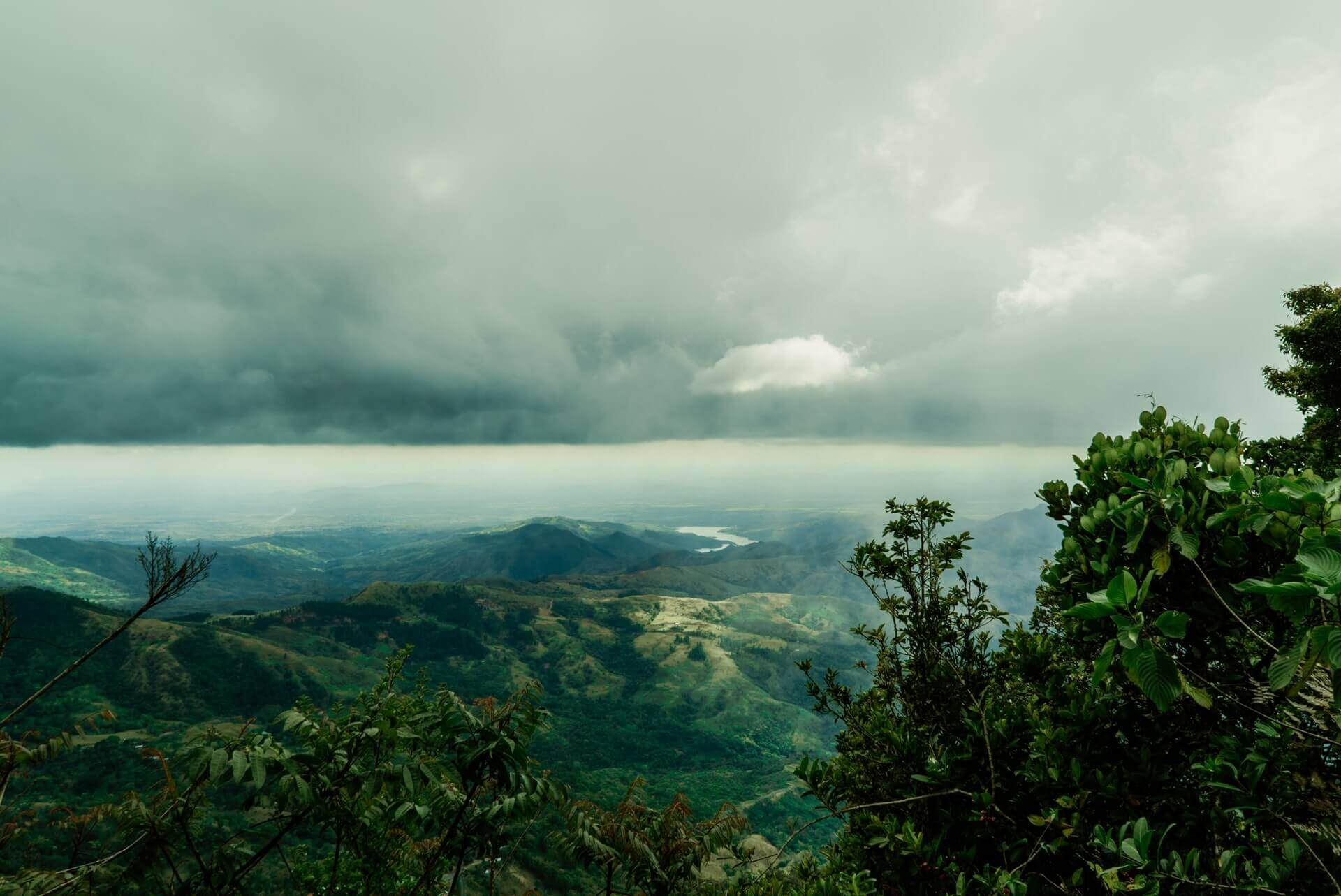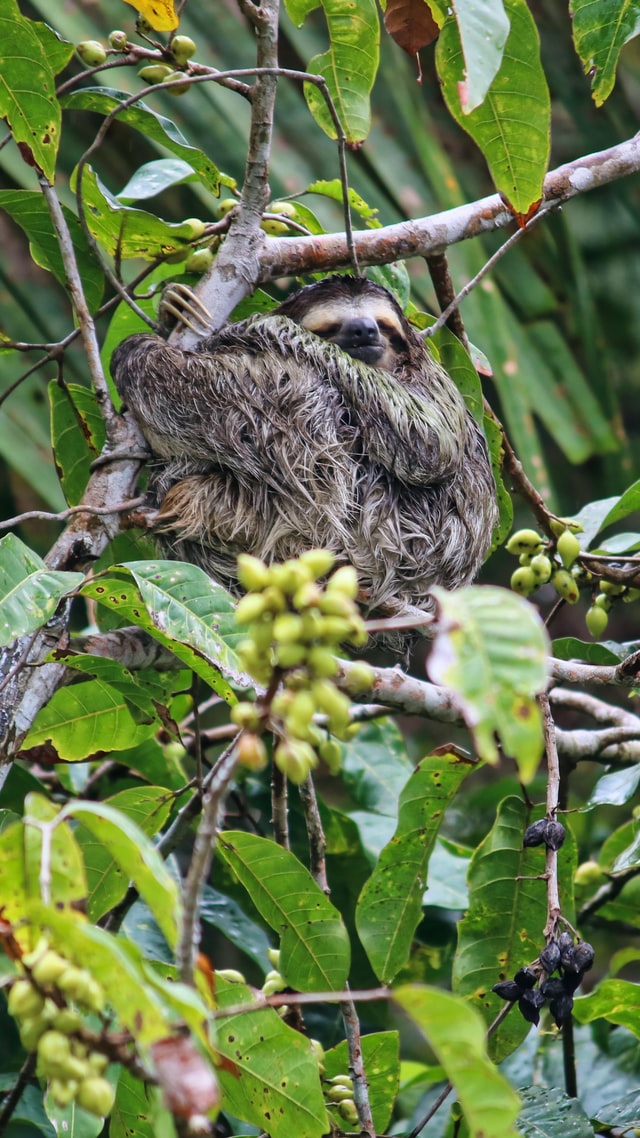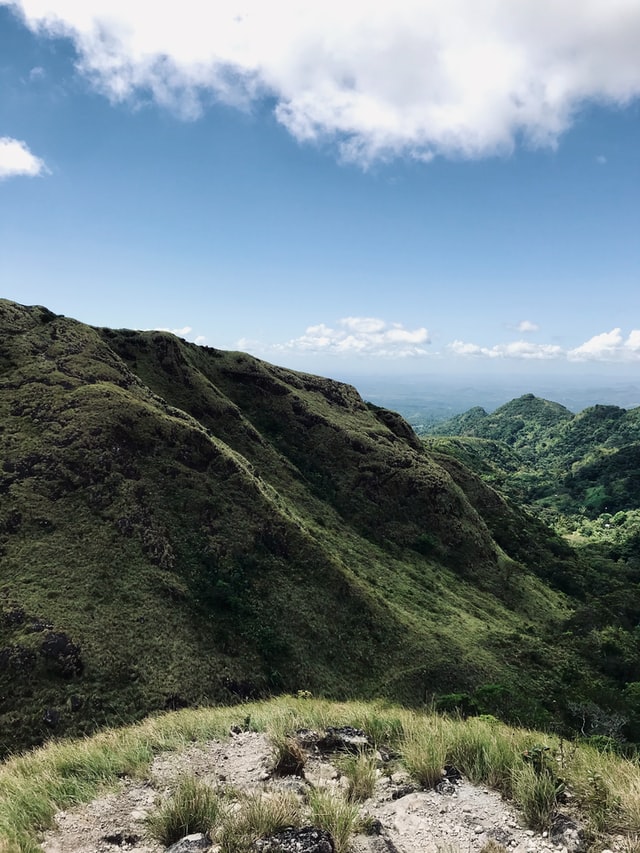
- Sustainable Planet -
- 6mins -
- 347 views
Panama’s Rights of Nature Law Guarantees the Natural World’s Right to Exist, Persist and Regenerate
The Central American nation joins a growing number of other countries in embracing a legal movement that gives land, trees, rivers, coral reefs and mountains unique legal rights, similar to those of humans, corporations and governments.
PANAMA ENACTS LAW THAT RECOGNISES RIGHTS of NATURE
Panama has enacted a Rights of Nature law as part of a growing global movement to give nature unique legal rights to fight ecological harm. It joins Bolivia, New Zealand, Bangladesh, Ecuador, Brazil, Colombia, and Mexico as countries that have also enacted similar legislation in the last few years. — Inside Climate News

Panama Rights of Nature Law Guarantees the Natural World’s ‘Right to Exist, Persist and Regenerate’
Panama is the latest country to recognise the legal rights of nature, giving environmentalists a new tool to fight ecological harm, reported InsideClimateNews last month.
After just over a year of debate in Panama’s National Assembly, President Laurentino Cortizo signed legislation on Thursday 24 February, that defines nature as “a unique, indivisible and self-regulating community of living beings, elements and ecosystems interrelated to each other that sustains, contains and reproduces all beings.”
The legislation includes six paragraphs of rights extended to nature, including the “right to exist, persist and regenerate its life cycles,” the “right to conserve its biodiversity,” and the “right to be restored after being affected directly or indirectly by any human activity.”
Panama now joins Bolivia, New Zealand, Bangladesh, Ecuador, Brazil, Colombia and Mexico, among other countries, which have either issued court decisions, enacted laws or amended constitutions recognising the legal rights of nature. Panama’s law will go into effect one year after it is published in the country’s Official Gazette.

New legislation imposes obligations on Panama’s government
InsideClimateNews reports that the latest legislation also imposes new obligations on Panama’s government, including a requirement that its plans, policies and programs respect the rights of nature. It instructs the government to develop manufacturing processes and energy policies that safeguard ecosystems, and it requires the government to promote the rights of nature as part of its foreign policy.
Juan Diego Vásquez Gutiérrez, Panama’s youngest congressman at 25, sponsored the law and said that the legislation will make it easier to protect the environment because it grants legal standing to people and organisations to enforce the rights of nature.
“For a country so rich in biodiversity like Panama, taking care of nature is a step in the right direction,” he said. “It will open up economic opportunities, like in Costa Rica, for tourism involving nature and for sustainable development.”
The idea that nature, like humans, corporations and governments, should have legal rights emanates from the world view of some Indigenous cultures as well as the “deep ecology” movement of the 1970s. Panama’s legislation states that the country recognises the close relationship between the rights of nature and the beliefs of its Indigenous peoples and “will promote the incorporation of their ancestral knowledge in the interpretation and implementation of rights and obligations contained in this Law.”
The view holds that all living beings, not just humans, have intrinsic value and that humans are interconnected with the natural world. The belief contrasts with the utilitarian ethos, popular in industrialised nations, that nature exists to serve humankind and that humans have the right to commodify and, at times, destroy ecosystems.
Proponents of the rights of nature movement attribute ecological crises like climate change and biodiversity loss to the mindset and legal instruments that treat nature as human property subject to exploitation. Critics of the movement argue that rights of nature laws will stop all development activity and harm economies.
In places like Ecuador, where rights of nature laws have been put into place, court rulings have struck down some permits for extractive activity and required restoration of ecosystems harmed by development. But, development activity has, for the most part, continued. In Panama’s three legislative debates over the rights of nature bill, no real opposition emerged, according to Vásquez.
Source: InsideClimateNews.org

Panama is one of the 25 most megadiverse countries in the world
Panama, famous for its canal separating Central and South America, is rich in biodiversity, with vast swaths of tropical rainforests and mangroves that are home to over ten thousand species of plants and animals like jaguars and the spectacled bear, writes Katie Surma for InsideClimateNews. Areas like the Darién and Veraguas regions are also home to Indigenous peoples. But those areas have been under threat from development and extractive activity.
From 2002 to 2020, the country, about half the size of Pennsylvania, lost about 194,000 acres of humid tropical forest, one of the most biologically diverse types of forest, according to Global Forest Watch. That is an area about four and a half times as large as Washington, D.C.
“Panama is one of the 25 most megadiverse countries globally, playing a pivotal role in preserving biodiversity and mitigating climate change,” said Constanza Prieto Figelist, Latin American legal director at the Earth Law Center, which helped draft the legislation.
“The approval of this Law is fundamental because it joins the efforts of Colombia and Ecuador to recognise the rights of nature, creating a conservation corridor in the region that opens the doors for holistic and joint governance of forests, rivers, and the ocean.”
The law was originally proposed by a marine biologist and National Geographic Explorer, Callie Veelenturf, who had been studying sea turtles in Panama’s Pearl Islands archipelago. Worried about threats to endangered species, she approached Vásquez and Panama’s first lady, Yazmín de Cortizo, with a proposal for national legislation.
Veelenturf, who is from Massachusetts but lives in Panama, said she had no background or experience in environmental law and policy, and that she drew on her fieldwork experience as well as rights of nature laws from other countries.
“I had no expectations, but simply tried to bring compelling visuals of threats facing nature from the field, political arguments, and powerful statistics to the table,” Veelenturf, 29 and founder of the Leatherback Project and Rights for Nature, said. “I hope that increasingly everyday citizens that have a knowledge of the threats facing biodiversity will not be intimidated by the legal system and will speak up to propose new laws protecting nature.”
Source: InsideClimateNews.org


